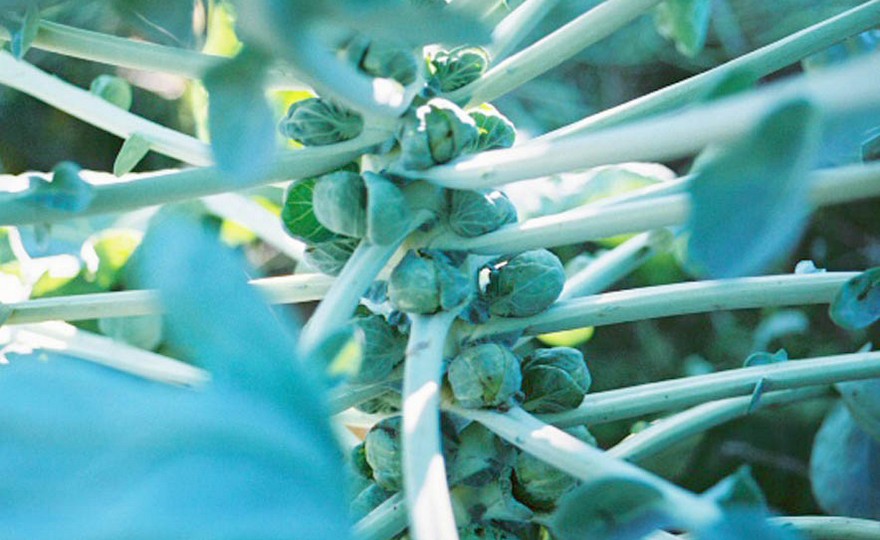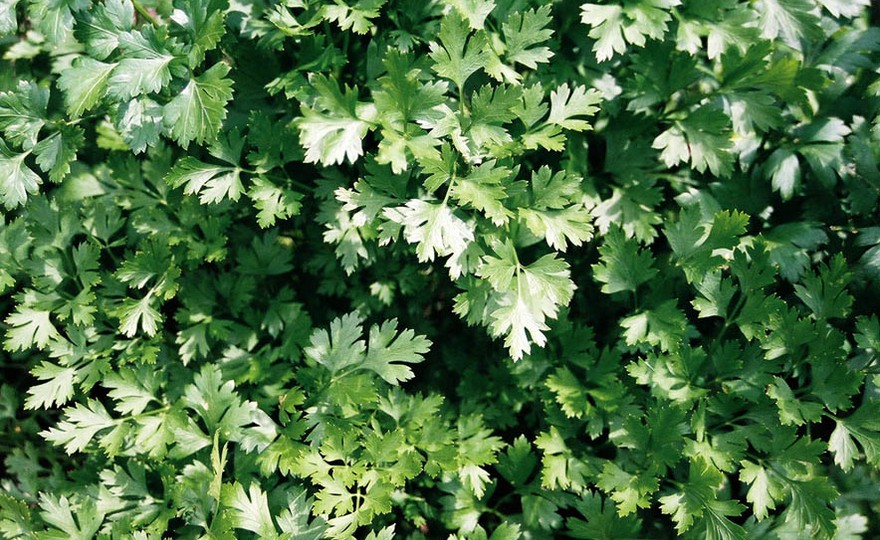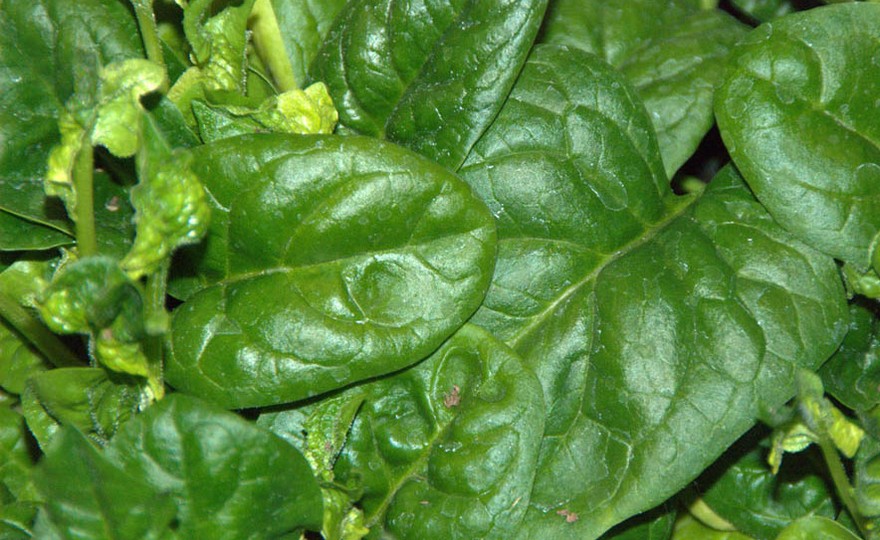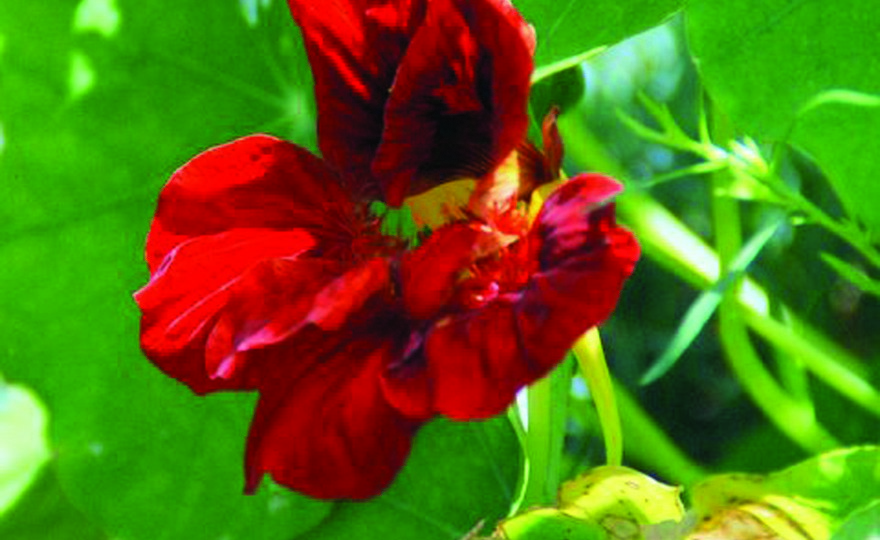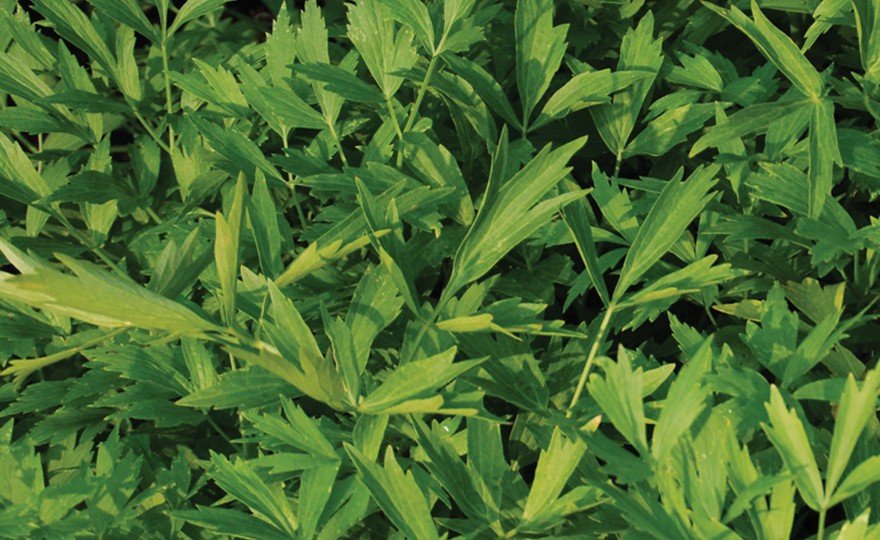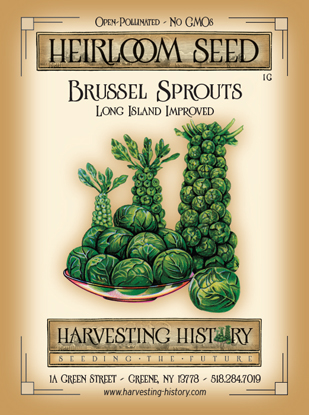
Brussel Sprouts, Long Island Improved
-
- **SOLD OUT** HOLIDAY GIFTS **SOLD OUT**
- **SOLD OUT** Holiday Books **SOLD OUT**
- **SOLD OUT** Holiday Citrus **SOLD OUT**
- **SOLD OUT** Holiday Gift Certificates **SOLD OUT**
- **SOLD OUT** Holiday Paperwhites **SOLD OUT**
- **SOLD OUT** Holiday Praying Mantis Kits **SOLD OUT**
- **SOLD OUT** Holiday Tools **SOLD OUT**
- **SOLD OUT** Holiday Wildflower Mixtures **SOLD OUT**
- Citrus Trees
- **SOLD OUT** - Vegetable and Herb Plants - Mix & Match any 6 Plants for $50 - Only Shipped in Quantities of 6
- Elephant Ear Plants & Roots
- **SOLD OUT** 4-Inch Pot Herb Plants **SOLD OUT**
- Rare Plants
- **SOLD OUT** Vining Plants **SOLD OUT**
- Asian Seeds
- Beneficial Bugs
- Books
- Citrus Fertilizers
- Cold-Treated Bulbs - SEE BULBS FOR FALL PLANTING TO ORDER
- Cold-Treated Allium
- Cold-Treated Chionodoxa
- Cold-Treated Crocus
- Cold-Treated Hyacinthoides
- Cold-Treated Hyacinthus Orientalis
- Cold-Treated Narcissus
- Cold-Treated Cyclamineus Narcissus
- Cold-Treated Double Heirloom Narcissus
- Cold-Treated Jonquilla Narcissus
- Cold-Treated Large Cupped Narcissus
- Cold-Treated Poeticus Narcissus
- Cold-Treated Small Cupped Narcissus
- Cold-Treated Species Miniature Narcissus
- Cold-Treated Split Cupped Narcissus
- Cold-Treated Tazetta Narcissus
- Cold-Treated Triandus Narcissus
- Cold-Treated Trumpet Daffodils
- Cold-Treated Ornithogalum
- Cold-Treated Rock Garden Iris
- Cold-Treated Scilla
- Cold-Treated Tulips
- Cold-Treated Emperor Tulips
- Cold-Treated Fringed Tulips
- Cold-Treated Green or Viridiflora Tulips
- Cold-Treated Lily Flowering Tulips
- Cold-Treated Parrot Tulips
- Cold-Treated Peony Flowering Tulips
- Cold-Treated Single Early Tulips
- Cold-Treated Single Late Tulips
- Cold-Treated Species Tulips
- Cold-Treated Triumph Tulips
- Flower Bulbs, Corms and Tubers
- Bulbs for Spring Planting
- Bulbs for Fall Planting - ALL BULBS AVAILABLE ARE COLD TREATED FOR PLANTING AS SOON AS SOIL CAN BE WORKED
- Fall Blooming Bulbs
- Garden Tools & Equipment
- Gift Certificates
- HHH Exclusive Wildflower Mixtures
- Wildflower Mixtures
- Heirloom Garlic
- Potatoes
- Roots & Sets
- Seeds
- Flowers
- Herbs
- Vegetables
- **SOLD OUT** HOLIDAY GIFTS **SOLD OUT**
-
- No products to compare
-
74 in stock
Quick Overview
BRUSSEL SPROUTS, Long Island Improved –
Brassica oleracea var. gemmifera
FULL SUN First domesticated in the 1300s near Brussels, Belgium from a kale-like form of wild cabbage, the Brussels Sprout began to grow slowly in popularity in the US in the early 1800s. Long Island Improved was introduced in the 1890s. It is a semi-dwarf plant reaching a height of 24 in. and producing 1-2 in. very flavorful sprouts.
Brussel Sprouts can be sown in the early spring as soon as the ground can be worked or started indoors. Mild frosts do not impact Brussel Sprouts. If direct seeding, soil should be deeply spaded before planting. Rows should be 30 in. apart.
When seedlings are 2 in. high, thin, leaving 18 in. between plants.
Adding lime to the soil before planting will sweeten Brussel Sprouts. Leaves should be continuously removed from the lower parts of the plants to enhance sprout development. In the fall, exposure to mild frosts tends to sweeten the sprouts.
| Type | Spacing | Planting Depth | Days to Germination | Maturity |
| Brussel sprouts | 18 in. | 1 in. | 10-14 | 115 |

Brussel Sprouts, Long Island Improved
Brussels Sprouts belong to the Brassica family of vegetables, the largest vegetable family known which includes cabbages, cauliflowers, broccoli, collards, kale, kohlrabi, turnips and rutabaga. The plant is believed to have developed from a form of kalelike wild cabbage. It was discovered and popularized in the 14th century near Brussels in Belgium. Brussels Sprouts suffer from a truly undeserved poor reputation. When prepared properly, by gently steaming, Brussels sprouts have a sweet, nutty flavor and a crisp texture. If allowed to overcook, Brussels sprouts produce a strong foul odor and become mushy in texture. An overcooked Brussels sprout is truly vile while a steamed Brussels sprout with garlic butter or Hollandaise sauce is a gourmet delight. By the mid-19th century, Europe was enjoying the Brussels sprout, but it had not gained acceptance in the United States.

